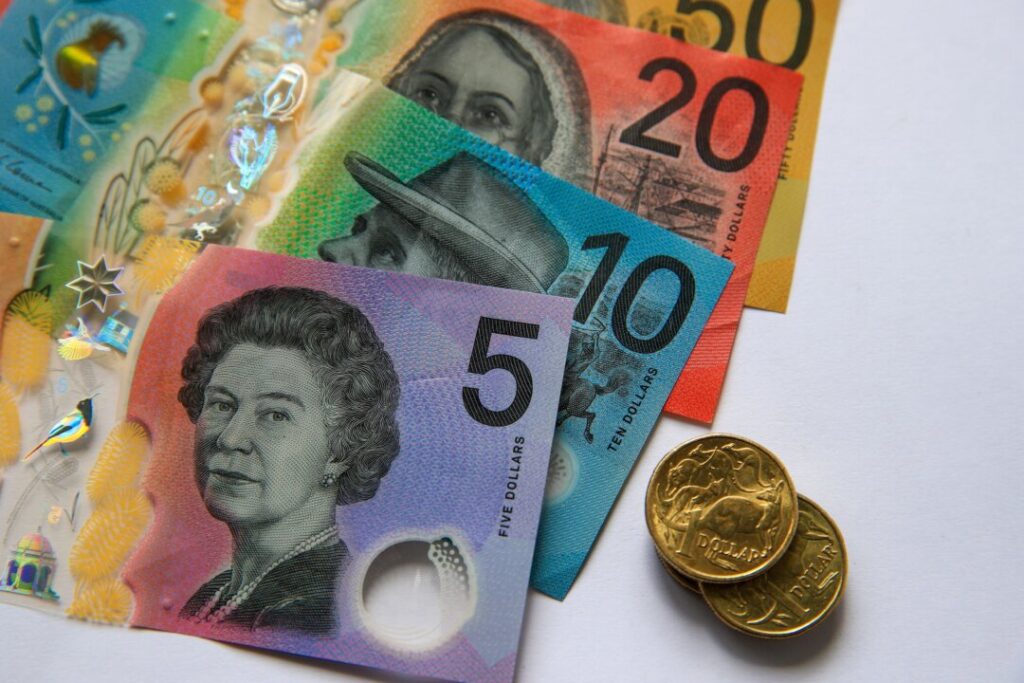Egg prices surge 18.6 percent due to bird flu, while electricity bills drop 6.5 percent over the year thanks to state and federal government rebates.
Australia’s annual inflation rate remained unchanged at 2.4 percent in April, reinforcing market expectations that the Reserve Bank may again lower interest rates at its next meeting in July.
The Australian Bureau of Statistics (ABS) confirmed on May 28, that headline inflation for the month matched February and March.
While this was slightly above the market forecast of 2.3 percent, the figure remains well within the Reserve Bank of Australia’s (RBA) inflation target band of 2 to 3 percent.
Trimmed mean inflation—regarded as the RBA’s preferred measure for assessing underlying price pressures—edged up slightly to 2.8 percent in April, from 2.7 percent the previous month.
Egg Prices Surge Nearly 20 Percent, While Rebates Drive Down Electricity Costs
Among the top contributors to annual inflation were food and non-alcoholic beverages (up 3.1 percent), housing (up 2.2 percent), and recreation and culture (up 3.6 percent).
While overall food inflation slowed compared to March, egg prices surged 18.6 percent year-on-year due to supply constraints caused by bird flu outbreaks and the government-backed cull of over 1 million birds.
“While annual inflation eased for most food categories in April, egg prices were up by 18.6 percent in the past 12 months,” said Michelle Marquardt, ABS head of prices statistics.
Housing costs rose at a moderate pace, with new dwelling prices up 1.2 percent and rents increasing 5.0 percent—though both were down slightly from March.
Electricity prices, meanwhile, fell 6.5 percent over the year to April, helped by taxpayer-backed rebates.
“Without all the Commonwealth and State government rebates, electricity prices would have risen 1.5 percent,” Marquardt added.
‘Substantial and Sustained’ Inflation Progress: Chalmers
Treasurer Jim Chalmers welcomed the data, calling it “encouraging news.”
“It shows that the progress that we have made together as Australians on inflation has been substantial and it has been sustained,” Chalmers said.
“It is actually the longest period where both measures of inflation have been in a target range since this monthly data started being collected in 2018.”
Rate Cut Odds Grow as Price Stability Persists
The latest CPI report arrives just a week after the central bank cut the official cash rate to 3.85 percent. Financial markets are now betting heavily on a further reduction, with odds of another cut in July sitting at 78 percent this morning.
RBA Governor Michele Bullock recently signaled that she is open to more cuts if inflation remains in check.
However, the Board struck a cautious tone, warning of heightened global uncertainty and volatility in financial markets over the past three months.
The statement noted that recent tariff announcements had prompted a market rebound but added that, “There is still considerable uncertainty about the final scope of the tariffs and policy responses in other countries.”



